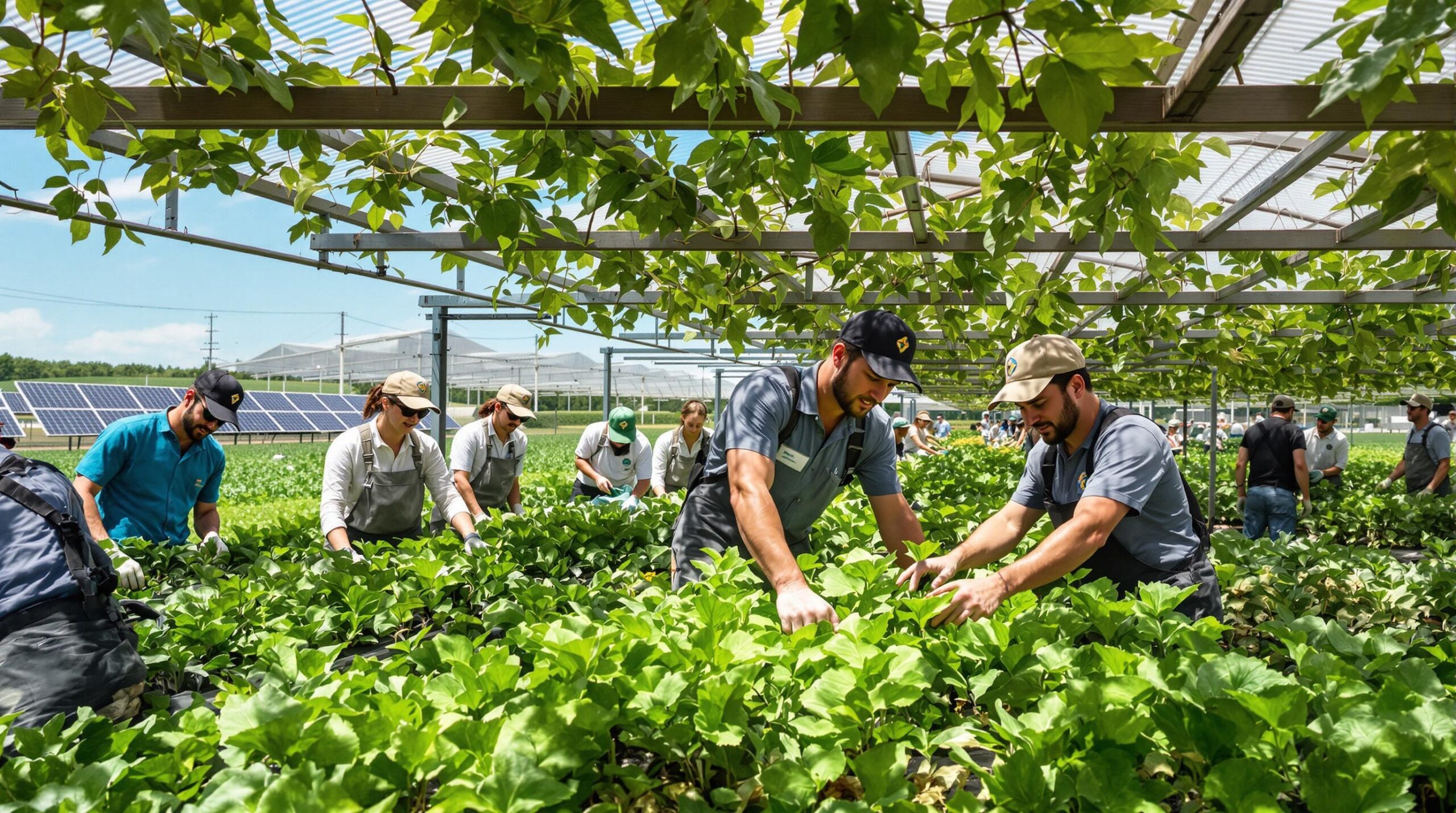Sustainable agriculture is essential for feeding a growing global population while preserving natural resources. Traditional farming practices no longer suffice. Today, innovative techniques are empowering farmers to produce more food with fewer environmental impacts. These advancements are redefining what it means to farm sustainably in the 21st century.
Precision Agriculture: Data-Driven Decisions on the Farm
Precision agriculture uses technology like GPS, sensors, and drones to monitor crops and soils. These tools collect detailed field data, allowing farmers to apply water, fertilizers, and pesticides only where needed. This targeted approach reduces waste and lowers input costs. As a result, it also minimizes runoff and environmental harm.
With real-time data, farmers can respond quickly to changes in weather and soil conditions. Such responsiveness leads to higher yields and healthier crops without excessive chemical use. Data-driven farming exemplifies how innovation supports sustainability in agriculture.
Regenerative Agriculture: Restoring Soil and Ecosystems
Regenerative agriculture goes beyond reducing harm—it actively restores the land. Farmers practicing these methods use cover crops, diverse rotations, and minimal tillage. These strategies improve soil health by boosting organic matter and beneficial microbial life. Healthier soil stores more carbon and retains more water.
Healthy, vibrant soil also supports biodiversity. More insects, birds, and microorganisms thrive in fields managed regeneratively. Over time, these farms become more resilient to drought, floods, and pests. Regenerative agriculture demonstrates how working with nature leads to sustainable food production and environmental benefits.
Hydroponics and Vertical Farming: Raising Crops without Soil
Hydroponics and vertical farming challenge traditional notions of agriculture. These techniques allow crops to grow without soil, using nutrient-rich water systems instead. Vertical farms stack crops on shelves in controlled indoor environments, saving land and water. Hydroponics also reduces pesticide needs and eliminates many soil-borne diseases.
Urban centers benefit from these innovative systems. Controlled environments mean fresh produce grows close to consumers, reducing transportation emissions and spoilage. Limited water use and intensive production make these methods highly sustainable. They promise year-round harvests in locations where traditional farming faces challenges.
Agroforestry: Integrating Trees into Farms
Agroforestry incorporates trees or shrubs alongside crops and livestock. This approach brings economic and ecological benefits. Trees protect crops from wind and extreme weather, improve soil fertility, and provide additional harvests like fruit or timber. Their roots also prevent erosion and increase water infiltration.
Integrating trees into fields enhances carbon storage, helping to balance greenhouse gases. Biodiversity increases, as more wildlife can find habitat within farm landscapes. Farmers who embrace agroforestry diversify their incomes and make their farms more sustainable and productive.
Biological Pest Control: Reducing Chemical Use
Chemical pesticides can harm beneficial insects and pollute water. Biological pest control offers a safer solution. By introducing natural predators, parasites, or beneficial microbes, farmers manage pests without toxic chemicals. For example, ladybugs eat aphids, while certain fungi attack harmful insect larvae.
These biological solutions reduce reliance on synthetic sprays, preserving beneficial insects and pollinators. Over time, fields become more balanced ecosystems. Healthier crops and improved environmental quality result from using natural pest management instead of chemicals.
Smart Irrigation Systems: Using Water Wisely
Water is a precious resource that must be managed carefully. Smart irrigation uses sensors, weather data, and automated systems to deliver water only when and where it’s needed. This prevents overwatering, which can deplete water supplies and damage crops.
Efficient use of water also lowers energy costs, as pumps work less often. Smart irrigation technologies help farmers adapt to drought and climate change. By using water efficiently, they protect this vital resource for future generations.
RNA Interference and Biotech Crops: Next-Gen Crop Protection
RNA interference (RNAi) is a genetic technology that targets specific pests or diseases. By silencing key genes, RNAi can protect crops without harming beneficial organisms. Biotech crops engineered for pest resistance or drought tolerance also reduce the need for chemical sprays.
These innovations lead to higher yields with fewer environmental impacts. Farmers use less land, water, and chemicals while producing more food. Responsible use of biotechnology supports sustainable agriculture and global food security.
Integrating Technology with Community Knowledge
While cutting-edge tools are essential, local and traditional agricultural knowledge remains valuable. Farmers combine digital technologies with centuries-old practices for customized solutions. This integration ensures that innovations respect unique regional environments and cultures.
Community-led projects often succeed because they align new technologies with local needs. Knowledge sharing helps all farmers benefit from innovation, not just large agribusinesses. Empowering diverse communities drives widespread sustainable agriculture.
Building Resilience through Innovation
Innovative farming techniques bolster resilience against climate change, pests, and market disruptions. Diversified systems, smart monitoring, and community engagement make farms adaptable to challenges. This resilience is crucial for stable food supplies and rural livelihoods.
When farms thrive, entire economies benefit. Community health and the environment improve as well. Sustainable practices fueled by innovation build a foundation for long-term prosperity and food security.
The Road Ahead: Innovation as a Catalyst
Transforming agriculture requires ongoing research, investment, and cooperation among farmers, scientists, and policymakers. Innovative techniques must become accessible to farmers worldwide, regardless of their resources. With continued collaboration, agriculture can remain productive and protect the planet.
As we look forward, the role of innovative farming techniques will only increase. Sustainable agriculture and technological advancement go hand in hand. By embracing change, we can ensure abundant food and a healthy environment for generations to come.

